![]()
Most people understand that the ability to get a fire going is one of the most fundamentally important survival skills to learn.
But far fewer people actually understand how to build a fire or the different options for building one.
To build a fire, there are three distinct steps you need to follow:
- You need a tool that can ignite parks or a small flame, such as matches, a lighter, or a flint striker.
- You need something that can take those sparks or small flame and turn it into a larger flame.
- You need kindling and fuel to make that fire larger and sustainable.
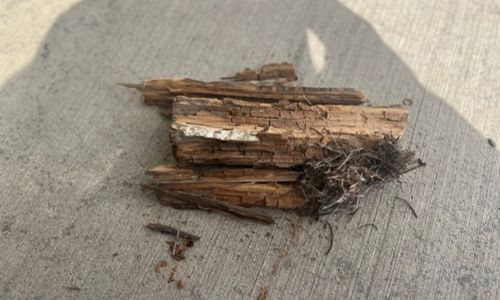
The good news is that there is no shortage of cheap and easy DIY methods for getting a fire going.
Cardboard and Wax Fire Starters
Do you have any cardboard and candles on hand? If so, you can build an efficient DIY fire starter with them.
You simply need to cut the cardboard up into smaller pieces, and then immerse the pieces into the melted wax until they become saturated.
Related: DIY Candle Lantern From a Soda Can
Allow the wax to harden and cool over the cardboard, and then place the wax-coated cardboard into Ziploc bags to keep them in good condition.
When you bring the wax-coated cardboard into contact with a small flame from a lighter or match, it will ignite very easily to get a good fire going.
Q-Tip and Vaseline
This is a cheap and easy way to get a fire going and uses commonplace household products.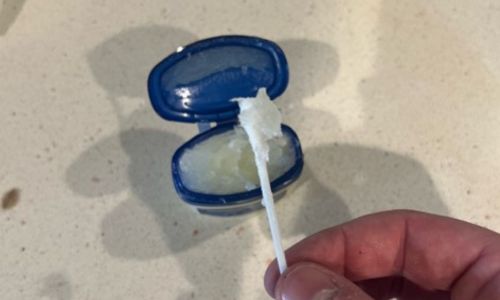
Simply take the fuzzy part of your Q-Tip and cover it liberally with Vaseline. Then bring the Vaseline-covered part into contact with a flame from a match or a lighter, and it will light up and burn bright.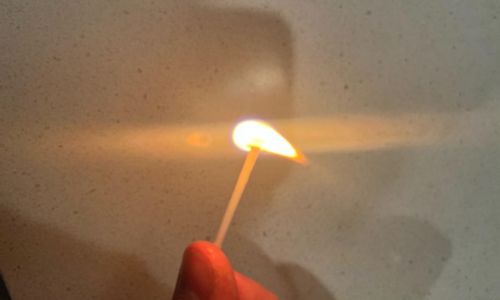
Just like that, you’ll have a small and yet durable flame that you can then gradually feed more fuel into to get a fire going.
⇒ If You See This Plant in Your Backyard, Burn It Immediately (Video)
Note that as an alternative to Q-Tips, you can also use cotton balls.
Egg Cartons, Dryer Lint, and Wax
Take dryer lint from the clothes in your laundry, and then place the lint into the individual depressions in the cartons where eggs would normally go. Then pour melted candle wax over the lint.
Wait for the wax to harden, and then use a knife or scissors to cut apart the different parts of the carton.
You can carry the carton pieces in a Ziploc bag, and when the time comes to start a fire, take one out and bring it into contact with a flame or spark. It will ignite very easily.
Rubbing Alcohol and Cork
If you have an empty bottle of wine, don’t throw the cork away! If you simply rub that cork with rubbing alcohol, which is flammable, the cork itself will become very flammable as well.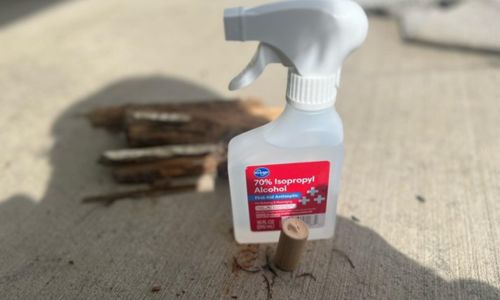
To start, cover the entire cork with the alcohol. Then bring the edge of the cork into contact with a flame from a lighter or match, and it will ignite very easily and keep a small but durable flame burning.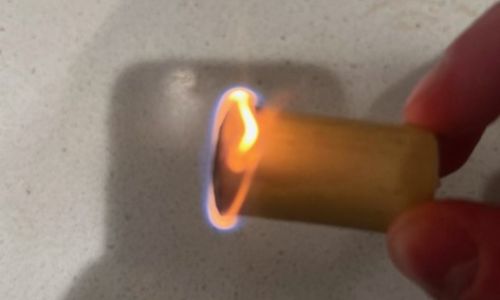
Char Cloth From Old Clothing
Take an old pair of jeans or a T-shirt that you don’t wear anymore, and cut small pieces of the fabric away.
Place the pieces of fabric into a tin can, and make sure the tin has a lid that fits tightly over it.
Related: 15 Survival Uses for Old Clothes
Then poke a hole in the lid with a knife, and place it over some hot coals for about half an hour. By then, smoke should stop coming from the hole in the lid.
Remove the tin can from the fire, and open the lid to access the char cloth inside. When you strike a spark onto this char cloth in the future, it will ignite very quickly and help you to get a fire going.
Paper and Hand Sanitizer
Hand sanitizer is also highly flammable and can be used to help get fires going.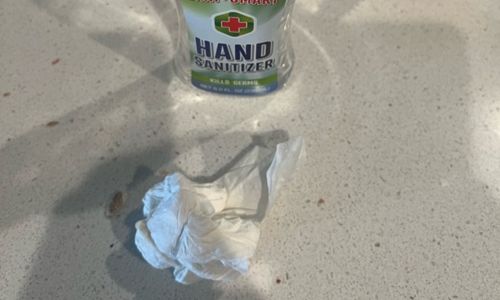
Simply take a little paper (it can be a napkin, paper towel, magazine, old newspaper, tissue, or whatever you have on hand) and crunch it up into a ball.
Then leave a small part of the paper hanging out of the rest of the ball, and cover this with a little bit of the hand sanitizer.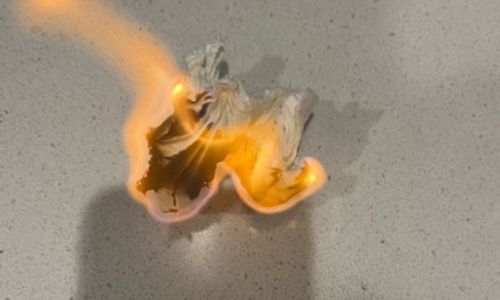
Then when you ignore that part of the paper, the flame will grow and transfer over to the ball, where you will have a strong flame going.
There are no shortage of ways to get a fire going, but these above six methods are all very reliable and dirt cheap.
A good strategy is to have, at minimum, two reliable emergency fire starting methods in three areas: your home, your car, and in your survival kit or bug out bag.
To that end, at least pick two of the above methods and include the materials needed to ensure those methods can happen in each of those three areas.
This will ensure that no matter where you are, you can always get a fire going in an emergency.
You may also like:
 Great Depression Foods We Will All Be Eating Again Soon
Great Depression Foods We Will All Be Eating Again Soon
10 Things Cowboys Carried With Them in the Wild West to Survive (Video)
8 Nuclear Attack Myths You Should Stop Believing
What Actually Happens If You Take Fish Antibiotics

